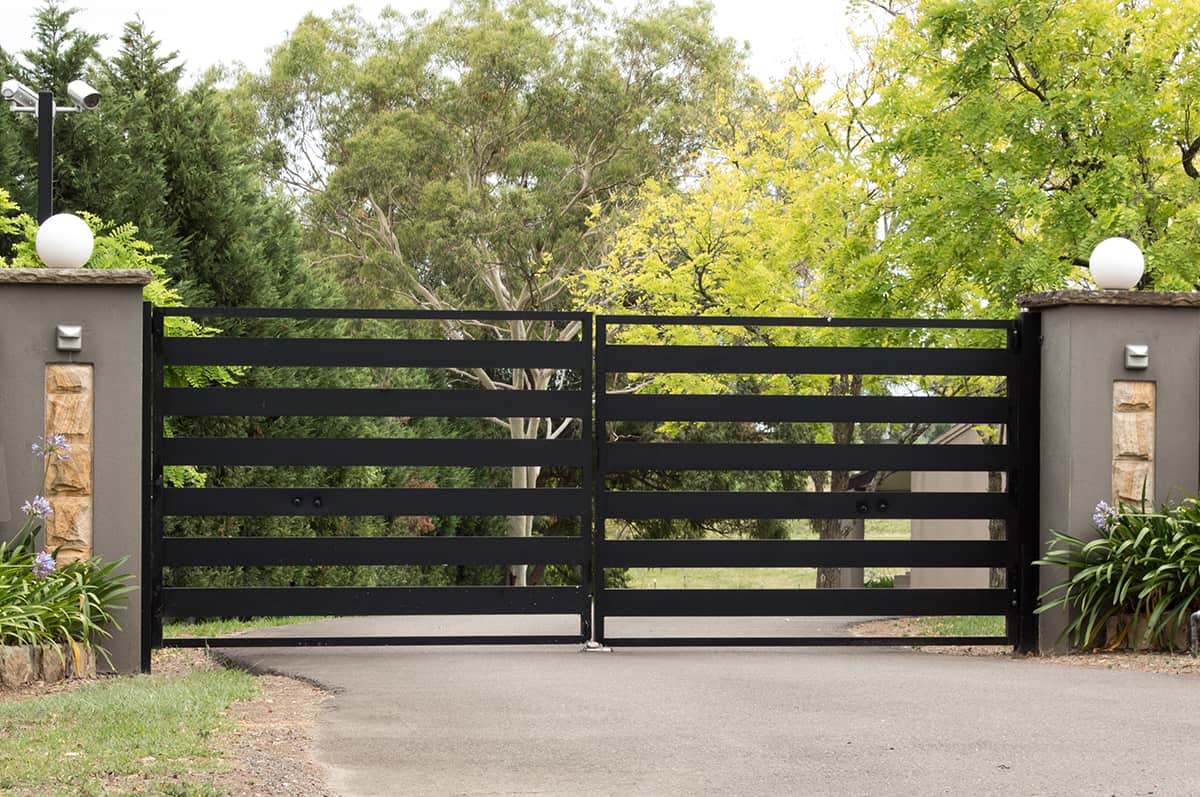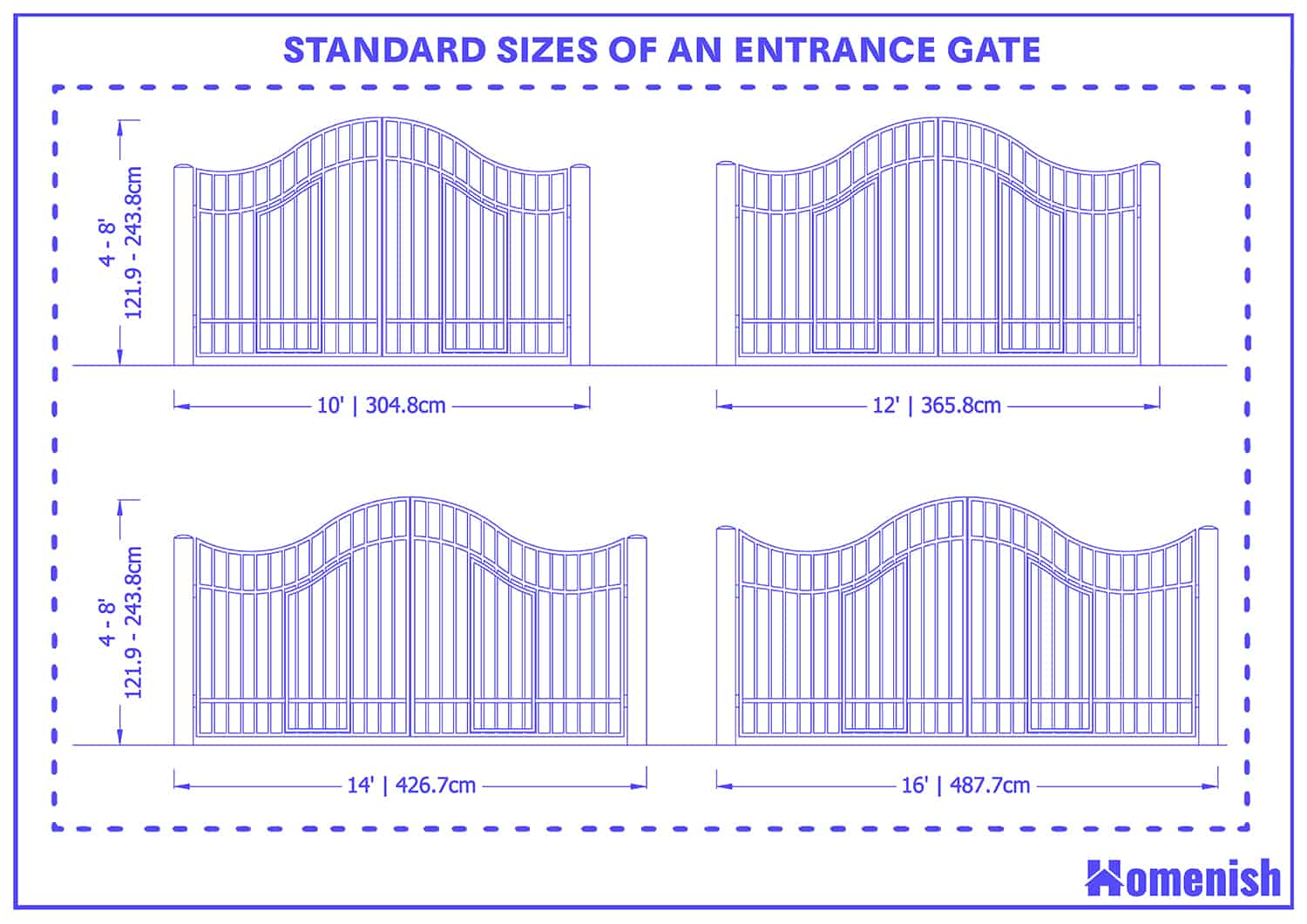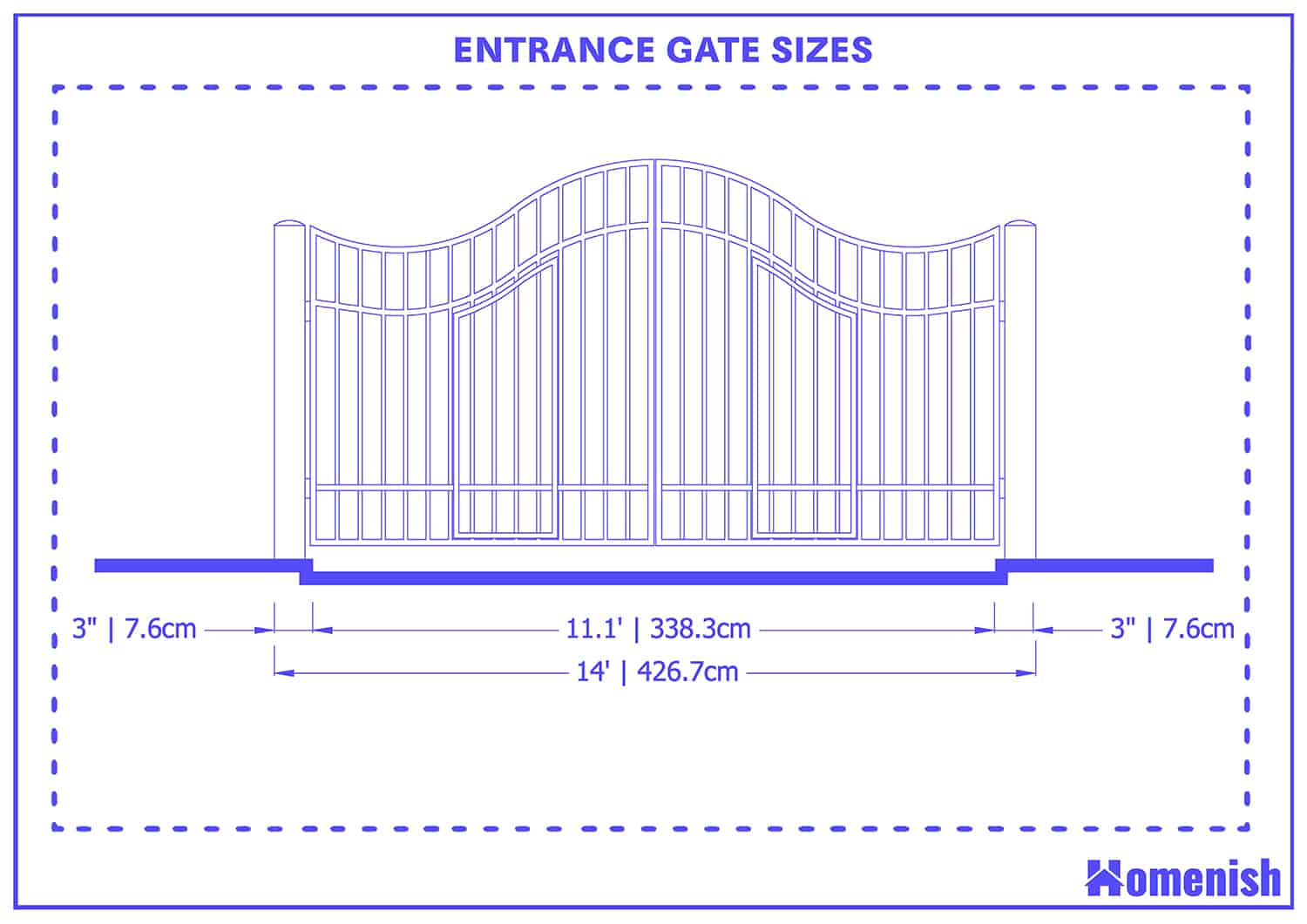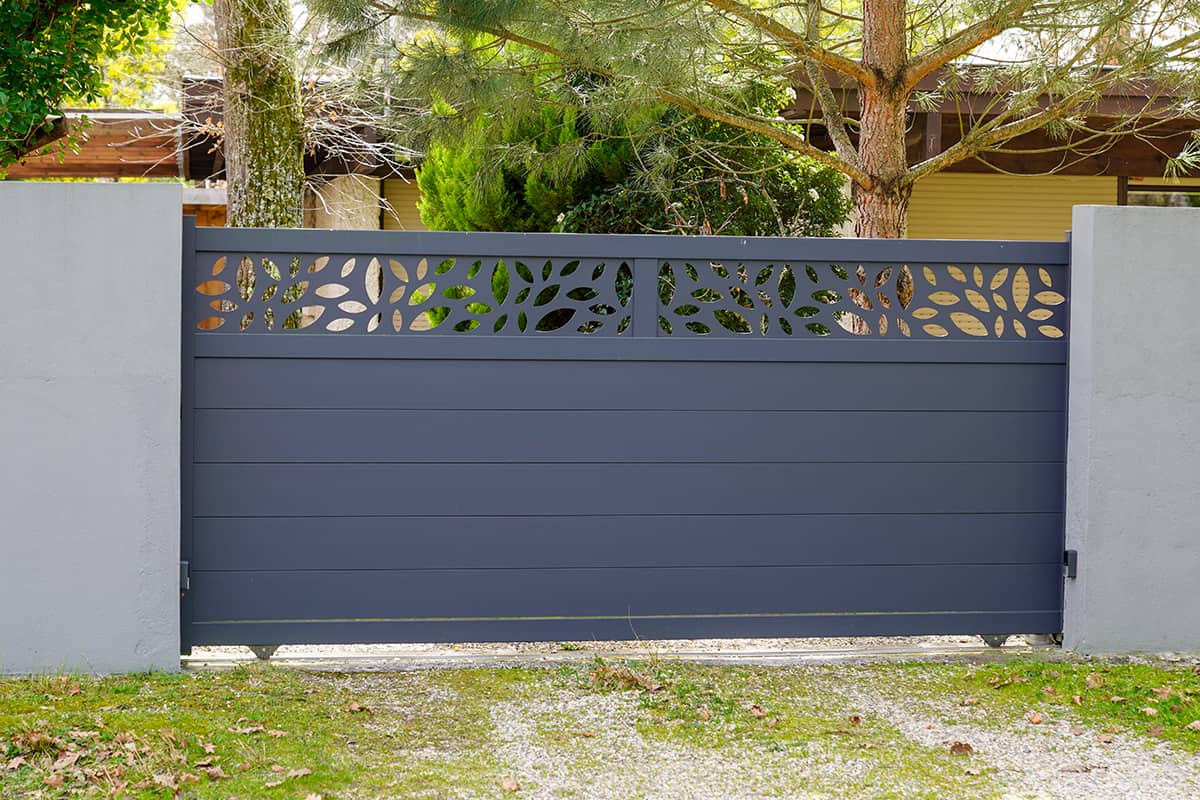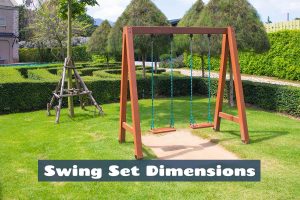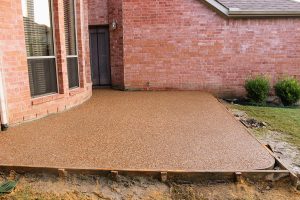When choosing a new entrance gate for your property, size plays a crucial role in both aesthetics and functionality. The right entrance gate size should appear proportional to your property and driveway while also allowing easy access for your vehicles. Smaller gates can be practical for keeping pets inside the property, whereas extra-large gates create a sense of grandeur by opening at the center.
In this article, we’ll guide you through crucial factors to consider when buying an entrance gate and discuss standard sizes. By understanding these details, you can make informed decisions that suit your needs and complement the appearance of your property.
Standard Entrance Gate Sizes
Entrance gates typically come in standard width sizes of 10 feet, 12 feet, 14 feet, and 16 feet. Gates smaller than 10 feet in width are usually impractical, as SUVs measure between 7 and 8 feet wide. Height varies, but for security and preventing animals from jumping over, they are commonly between 4 to 8 feet tall.
However, some larger properties will want wider entrance gates, and these will most likely need to be custom-made. A standard driveway will usually measure between 10 and 16 feet, though driveways can be up to 24 feet wide on bigger properties.
To determine the suitable entrance gate for your property, do the following.
- Measure the width of your driveway.
- If your driveway is 11 feet wide, opt for a 12-foot entrance gate.
- For a 12-foot wide driveway, choose a 14-foot entrance gate to ensure it overlaps the driveway.
- Consider the driveway slope direction.
- For sloping driveways, the entrance gate should open in a downward direction to avoid clearance issues.
Remember these guidelines when choosing entrance gate sizes:
- Allow at least 3 inches of clearance between the gate and the driveway width.
- For driveways with a width of 11 feet and 10 inches, select a 14-foot entrance gate rather than a 12-foot gate.
Double or Single Entrance Gate?
Deciding between a double or single entrance gate depends on factors other than aesthetics. Let’s discuss their main differences and advantages to make your choice easier.
Differences:
- A single entrance gate is hinged only at one side, composed of a single moving piece. On the other hand, a double entrance gate has hinges on both sides and consists of two moving panels that meet in the middle.
Advantages of Single Entrance Gates:
- Single gates require less hardware, potentially saving money.
- For automatic entrance gates, mechanisms are needed only on one side, reducing costs.
However, keep in mind that the post for a single gate must be sturdier to support the gate’s weight, which could increase costs. Also, single gates require more clearance compared to double gates. If you have a short driveway, a single gate might not suit you.
Advantages of Double Entrance Gates:
- Double gates need less swing distance, making them suitable for shorter driveways.
- A double gate can use lighter duty posts, as the weight is distributed across two panels.
Ultimately, if your budget allows and your driveway has enough clearance, choosing between single or double gates comes down to personal preference. If neither of them appeals to you, consider a sliding entrance gate, which requires side clearance but no clearance in front or behind.
Benefits of an Entrance Gate
Security
An entrance gate offers security for your property by deterring intruders and preventing unauthorized access. It also helps keep your pets and children safe within your property, allowing them to roam without the risk of escaping. Besides, entrance gates protect your vehicles from potential theft or damage by limiting access to them.
Visual appeal
Entrance gates enhance your property’s visual appeal by adding a sense of importance and style. Depending on your preference, you can select a modern entrance gate to showcase a contemporary appearance or an ornate-style gate for a traditional look.
Increase value
An entrance gate not only provides security and enhances the aesthetics of your property but also contributes to increasing its value. Installing an entrance gate is an investment that attracts potential buyers and makes your home more appealing when you decide to sell it.
